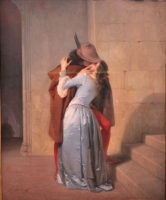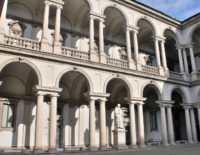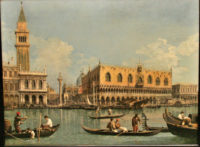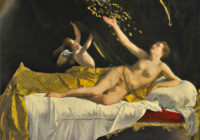The name Brera come from the place where the “Umiliati” (an order of religious men and laymen) built their house within the city walls in about 1170. In the 13th century the church of St. Mary of Brera was added to the convent, this was built by Giovanni di Balduccio of Pisa and adorned by artists from Como.
When the “Umiliati” period fell, the Jesuites succeeded them, and 1772, when this order was suspended, Mary Teresa of Austria destined the building to be the seat of an institute of science, letters and arts. The first part of the artistic collection was founded by the Abbot Giuseppe Bianconi who became secretary of the new Academy of Fine Arts in 1775.
The gallery was really begun during the full splendor of the Napoleonic period on the wish of Bonapart himself. It was started by gathering together works from Religious orders, churches and convents which had been suspended during the Cisalpina Republic, and was inaugurated on August 15th. 1809.
During the nineteenth century it was enriched by private legacies and donations, and after the first world war it was enlarged, but, when it seemed to have taken on its final form, war broke out, and, in 1940 bombing made the moving of all the works to a safe place, necessary.
On June 9th. 1950 the gallery was reopened, a brighter and more beautiful place, from the “Little Brera” appeared the “Great Brera”. The artistic works range from the 14th. century, with Ambrogio Lorenzetti’s “Madonna” to nineteenth and twentieth century’ ones, with the works of Lombardic and Ventian schools and a few Florentine ones.
Among the most noteworthy works are Mocchirolo’s “Oratorio”, reproduced here, with frescoes by Giovanni da Milano. Raffaelio’s well known “Sposalizio della Vergine”; Mantegna’s “Cristo Morto”; Bramante’s “Cristo alia Colonna”. Among the modern artists works by Hayez, Fattori, Segantini, Zandomeneghi and Boccioni.




























